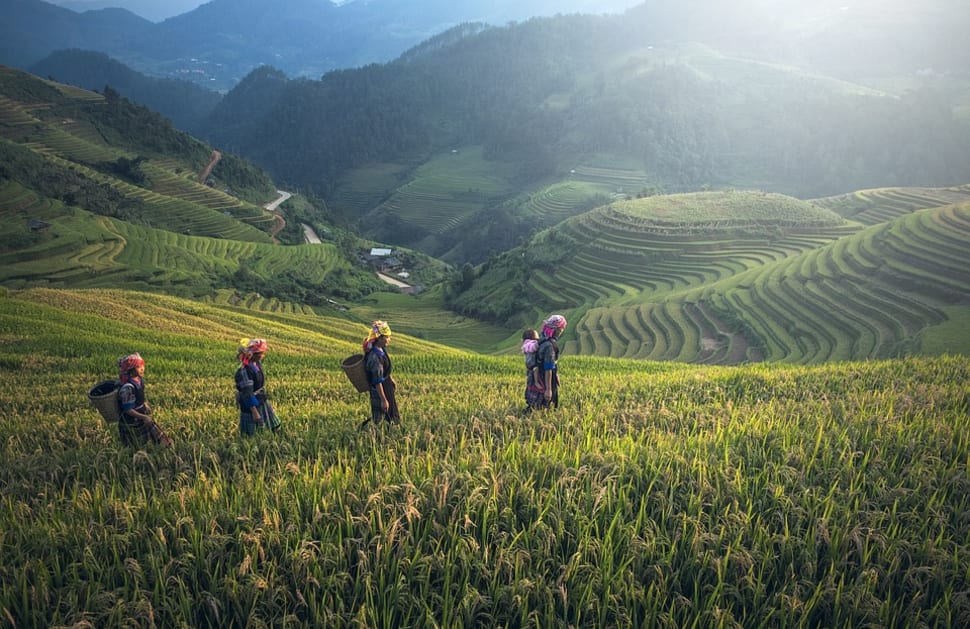Image Source: https://rove.me/to/myanmar-burma/rice-harvest
Myanmar also has a large variety of gems, minerals, and ore that provide the country with an economic boost as well. Precious stones such as rubies, sapphires, pearls, and jade are among some of the more valuable gems from the country. Rubies, however, are the largest export - nearly 90% of the worlds rubies come from Myanmar. These rubies were formed by an Eocene-Oligocene extinction event, which took place about 34 million years ago. This event was one of the largest extinctions of marine invertebrates in the ocean and of fauna in Europe and Asia.
Although the country has many large and valuable exports it remains one of the poorest nations in Southeast Asia to this day. Years of mismanagement and isolation, as well as a lack of adequate infrastructure have prevented the country from further economic development.
Sources:
http://elevenmyanmar.com/business/14301
https://www.nature.com/articles/srep07463
https://en.wikipedia.org/wiki/Geology_of_Myanmar

No comments:
Post a Comment